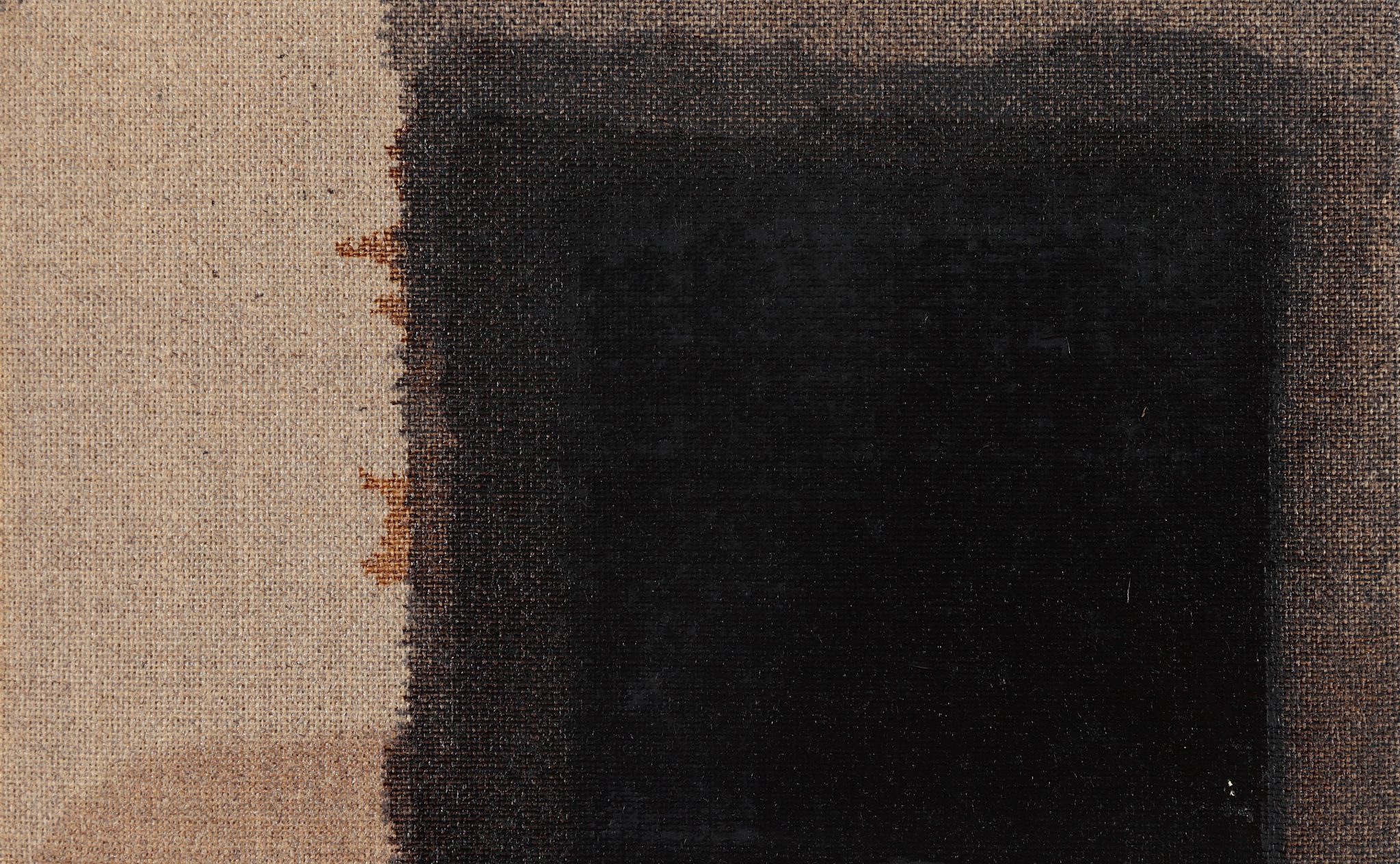Canvas is still made just from those old and familiar materials: cotton and hemp. Looking at it, I always feel its warmth and familiarity. This affinity comes from the absolute simplicity and freshness of the natural fiber. This in itself is a work of art. – Yun Hyong-keun
Like other artists of the Korean Dansaekhwa (“monochrome painting”) movement of the 1960s, 70s, and 80s, Yun Hyong-keun sought to explore the inherent properties of his chosen materials though pared-down, process-based compositions. Using a palette of only ultramarine and umber, Yun applied paint to raw canvas or linen. He often diluted the paint with turpentine, allowing it to further seep into the canvas and spread. His simple compositions of positive and negative space exist as quiet meditations on presence and absence, and the physicality of time. Yun’s work has been the subject of solo exhibitions at institutions worldwide, including the Total Museum of Contemporary Art, Seoul; Stiftung für konkrete Kunst, Reutlingen; Musée d’Art moderne et contemporain de Strasbourg; and Art Sonje Museum, Gyeongju. In 2018, the National Museum of Modern and Contemporary Art in Seoul hosted a solo exhibition of the artist’s work.

